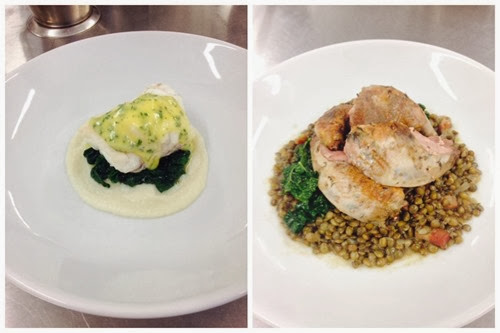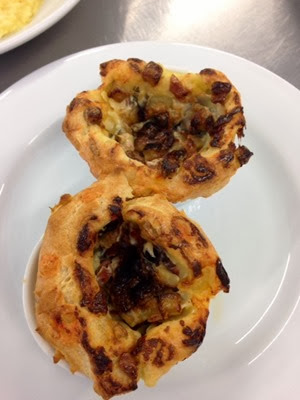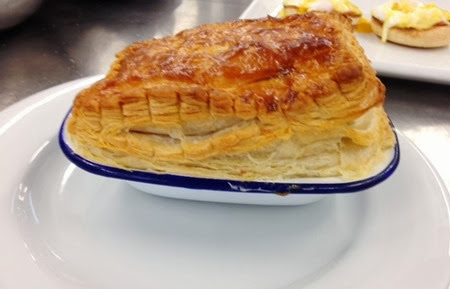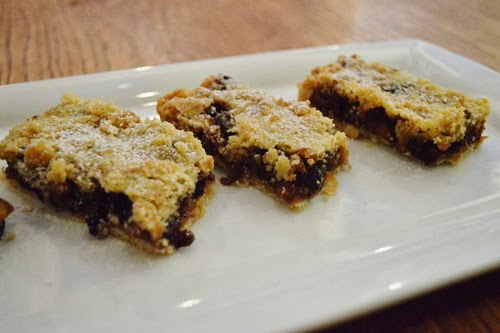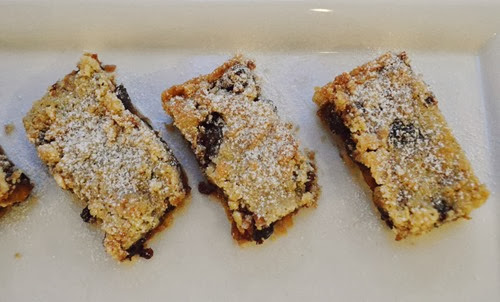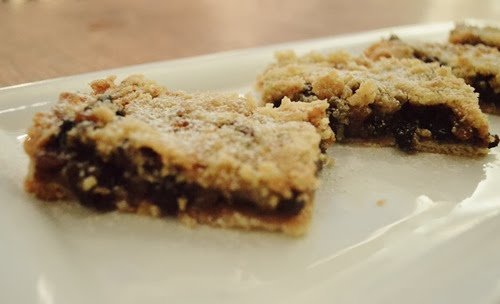I’ve been meaning to make this cake for so long. But each time I was ready to make it something got in the way. I didn’t have the ingredients, or something prettier or more useful came along instead. Finally, this weekend, with some pears ripening rapidly and a rainy Sunday crying out for cake this loaf finally graced my kitchen. And it was worth the wait! I wish now I hadn’t waited so long to get round to this cake because it is so good! It’s the perfect Sunday afternoon cake – not too big that you’re eating it all week, but not too small that it’s over as soon as it has begun. It has a smattering of melting chocolate to feel like a treat but the generous amount of pear and lack of icing mean it isn’t too rich and you don’t feel too guilty about having a second slice. Also, I made it as a simple afternoon loaf but if you made it in a round tin and served it with crème fraiche it would make a great dessert. It’s such an all rounder!
I wish now I hadn’t waited so long to get round to this cake because it is so good! It’s the perfect Sunday afternoon cake – not too big that you’re eating it all week, but not too small that it’s over as soon as it has begun. It has a smattering of melting chocolate to feel like a treat but the generous amount of pear and lack of icing mean it isn’t too rich and you don’t feel too guilty about having a second slice. Also, I made it as a simple afternoon loaf but if you made it in a round tin and served it with crème fraiche it would make a great dessert. It’s such an all rounder! 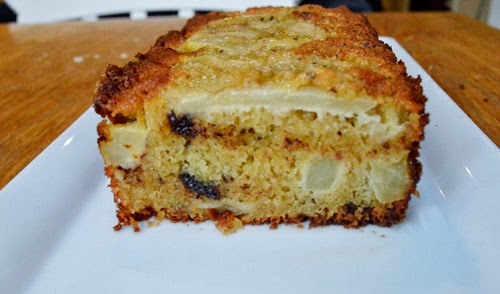 I adapted this a lot from the original recipe, the main difference being that I swapped half the flour for ground almonds and added a dash of almond essence because my love for almonds means I’ll find a way to get them in anything I bake somehow. I also doubled the amount of pear, slicing and arranging one on top as well as just dicing it into the cake to make it extra juicy, and finally I used golden caster sugar instead of ordinary caster sugar for a more caramel rich taste. Overall I was very happy with the result – the cake is diminishing rapidly and I know it won’t be too long before it’s made again. Lesson learnt: it’s not always the fanciest, jazziest bakes that are the nicest. Enjoy!
I adapted this a lot from the original recipe, the main difference being that I swapped half the flour for ground almonds and added a dash of almond essence because my love for almonds means I’ll find a way to get them in anything I bake somehow. I also doubled the amount of pear, slicing and arranging one on top as well as just dicing it into the cake to make it extra juicy, and finally I used golden caster sugar instead of ordinary caster sugar for a more caramel rich taste. Overall I was very happy with the result – the cake is diminishing rapidly and I know it won’t be too long before it’s made again. Lesson learnt: it’s not always the fanciest, jazziest bakes that are the nicest. Enjoy!
Pear, Almond and Chocolate Loaf (adapted from Poires au Chocolat here)
Ingredients: 2 small ripe pears
125g unsalted butter
75g golden caster sugar
50g light brown sugar
2 eggs
1tsp almond extract
80g ground almonds
55g plain flour
1 & 1/2 tsp baking powder
pinch of salt
60g dark chocolate, chopped
1. Preheat the oven to 180’C. Line a 20cm loaf tin with a strip of greaseproof paper and butter the sides.
2. Peel and core both pears. Finely dice one. Quarter and slice the second pear.
3. Cream the butter and sugars together until light and fluffy, then beat in the eggs with 1tbsp of the flour to stop it curdling.
4. Mix together the flour, ground almonds, baking powder and salt. Stir in the diced pear and chocolate to coat in the flour and prevent them sinking in the cake.
5. Add this to the wet mixture and fold until combined. Spoon into the loaf tin and level out. Arrange the sliced pear on top of the cake and bake for 40 minutes – check after 30mins and cover with foil if necessary to stop the top browning too much. Leave to cool on a wire rack.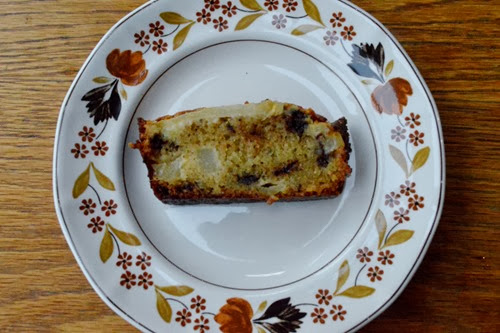
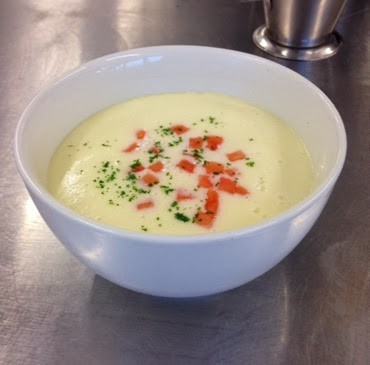
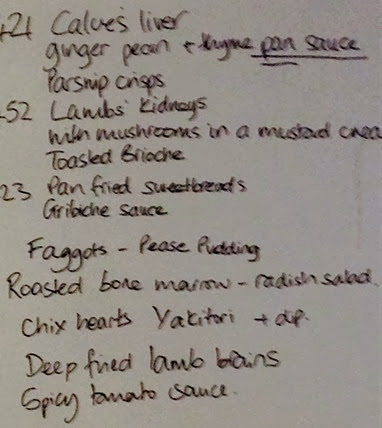
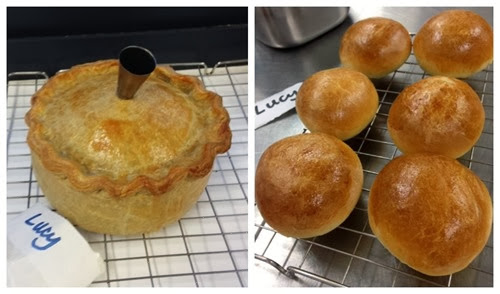 After the unfamiliar ground of the offal demo, it was back to more well known territory with some baking. Dinner rolls meant practicing batch baking skills, rolling perfectly neat spheres and weighing each ball of dough. The main project of the week was a raised veal and ham pie, which was spread over four days and therefore it was quite a relief to finally bring it home unscathed on Friday – although our class must have looked a tad strange all arriving at the pub carefully balancing pies and tarts!
After the unfamiliar ground of the offal demo, it was back to more well known territory with some baking. Dinner rolls meant practicing batch baking skills, rolling perfectly neat spheres and weighing each ball of dough. The main project of the week was a raised veal and ham pie, which was spread over four days and therefore it was quite a relief to finally bring it home unscathed on Friday – although our class must have looked a tad strange all arriving at the pub carefully balancing pies and tarts!